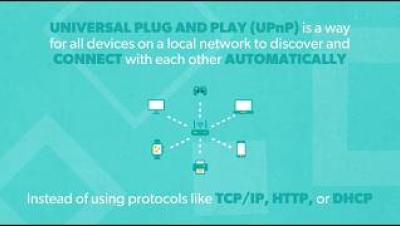Falcon Foundry: Build Custom Apps to Solve Tough Security Challenges
Not all security operation centers (SOCs) are equal. They have teams of different sizes, with varying skill levels, protecting a wide range of industries around the world. However, they have a few things in common — for one, they face many of the same threats, and many SOC teams struggle with the complexity of managing several disparate tools to detect and disrupt them. As the cybersecurity industry matures, SOC teams have more options to consolidate the security tools they use.










